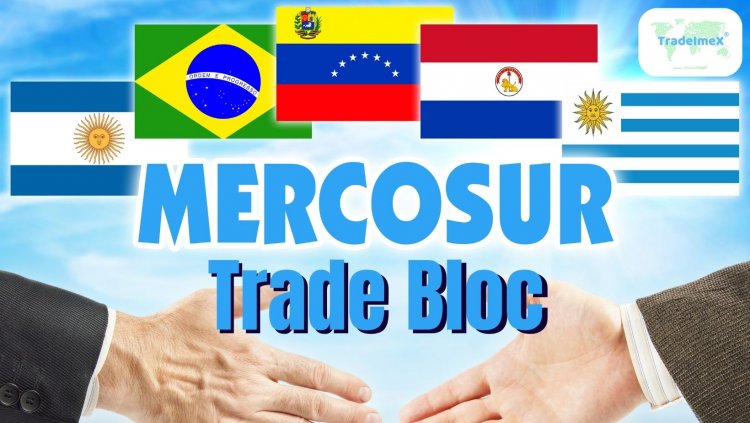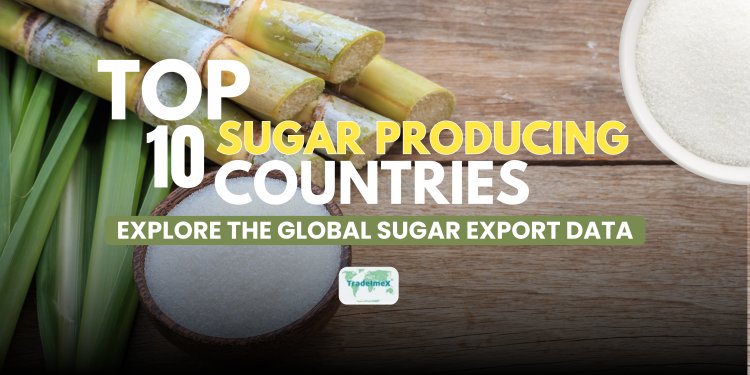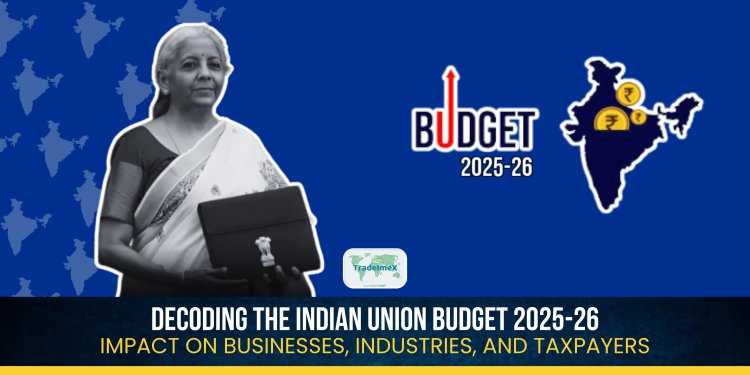Mercosur Trade Bloc
Explore the economic dynamics of the Mercosur trade bloc, a regional powerhouse in South America. Discover the impact of Mercosur agreements,

What is Mercosur?
It's one of the largest trading blocs in the world, covering an area with a population of over 275 million people. Mercosur encompasses five South American countries: - Argentina, Brazil, Paraguay, Uruguay, and lately Bolivia, which gained full class in December 2020.
What does Mercosur stand for?
Mercosur or Mercado Común del Sur also known as the Southern Common Market, is an indigenous trading bloc that stands for cooperative trouble between several South American countries. The condensation itself represents the group's commitment to profitable integration and trade cooperation among its member countries. Established in 1991, Mercosur is made up of several member countries such as Argentina, Brazil, Paraguay, and Uruguay, with Bolivia being a recent member. With its end to promote free trade and foster indigenous profitable development, Mercosur has enforced colourful agreements and fabrics, including the reduction of tariff walls and the collaboration of common external tariffs. likewise, the association plays a vital part in strengthening political and economic ties within the region, easing accommodations on multitudinous issues like husbandry, assiduity, and services. Overall, Mercosur symbolizes the collaborative pursuit of profitable substance and indigenous integration, fostering collaboration and cooperation among its member countries.
Why was Mercosur formed?
Mercosur was formed with the end of strengthening profitable integration and cooperation among its member countries in South America. The agreement was inked in 1991, bringing together Argentina, Brazil, Paraguay, and Uruguay. Venezuela joined in 2012 but was suspended in 2016. Later in 2020, Bolivia became a part of Mercosur. The conformation of Mercosur was driven by the recognition that profitable cooperation and integration could lead to raised substance and stability for the region. By creating a common trade market and espousing participated programs, member countries sought to boost intra-regional trade, attract investment, and ameliorate their competitiveness on a global scale.
Also, Mercosur aimed to give a platform for political dialogue and indigenous integration, fostering near ties between member countries and reducing the eventuality of conflicts. The association serves as a symbol of concinnity and collaborative strength, allowing South American nations to address common challenges and promote their interests on the transnational stage.
What are the main objectives of the Mercosur bloc?
1. Promoting free trade:
One of the primary objectives of Mercosur is to establish a common request among its member countries, barring trade walls similar to tariffs and proportions. This allows for the free movement of goods, services, and capital within the region.
2. Creating a common external tariff:
Mercosur seeks to present a unified front when dealing with non-member countries by assessing a common external tariff (CET) on imported goods. This helps cover domestic diligence and promote indigenous products.
3. Harmonising regulations:
Mercosur aims to harmonize regulations and norms among its member countries, easing trade and reducing specialized walls to commerce. This promotes effectiveness and facilitates the development of integrated force chains within the region.
4. Promoting profitable cooperation:
Mercosur seeks to foster profitable cooperation among its member countries through enterprises similar to common investment systems, technology transfer, and the development of indigenous structures. This helps to enhance competitiveness and profitable development in the region.
How does the Mercosur bloc work?
The functioning of this trading bloc revolves around a principle of free trade, whereby member states agree to count tariff and non-tariff walls from the utmost goods traded within the region. also, Mercosur promotes the free movement of goods, services, and factors of manufacturing among member countries. The association also prioritises indigenous cooperation in areas similar to structure development, technology transfer, and education. Likewise, Mercosur operates through a system of decision-making grounded on agreement among member countries, ensuring that major policy opinions are inclusively agreed upon. In summary, Mercosur functions as a medium to enhance profitable integration and promote cooperation among its member countries, allowing for increased trade and indigenous development.
Also, Mercosur encourages the adjustment of laws, regulations, and specialized norms to promote a position playing field and clear the way for the movement of goods, services, and factors of production among member countries. The association operates through colorful bodies, including the Mercosur Council, the Common Market Group, the Trade Commission, and specialized working groups concentrated on specific areas such as husbandry, energy, and commercial policy. Regular meetings and consultations among member countries ensure the effective collaboration and perpetration of programs and enterprises. In summary, Mercosur works through a combination of trade liberalization, policy collaboration, and institutional mechanisms to foster indigenous integration and profitable cooperation in South America.
Import-Export Statistics of Mercosur’s Member Countries
Mercosur member countries have different husbandry, each with its own strengths and import sectors. According to the trade data, Mercosur nations had the following import-export value in 2022:
1. Brazil (Exports: $334 billion, imports: $ 272 billion):
As the largest frugality in South America, Brazil has a different range of exports. It's famed for its agrarian products like soybeans, coffee, and sugar. Similarly, Brazil is a leading exporter of manufactured goods, including motorcars, aircraft, and machinery equipment.
2. Argentina (Exports: $88 billion, imports: $76.16 billion):
Known for its agrarian goods, Argentina is a major exporter of soybeans, beef, and wheat. Also, it exports artificial products similar to motorcars, machinery, and chemicals.
3. Uruguay (Exports: $11.19 billion, imports: $12.97 billion):
Renowned for its high-quality agrarian products, Uruguay is a major exporter of beef, rice, and dairy products. It also has a growing services sector, with software development and tourism playing a significant part in its frugality.
4. Paraguay (Exports: $9.94 billion, imports: $15.87 billion):
Paraguay primarily exports agrarian products similar to soybeans, wheat, and beef. It's also a significant exporter of electricity due to its hydroelectric power generation.
5. Bolivia (Exports: $4.79 billion, imports: $11.17 billion):
One of the largest exporters of precious monuments and essence, Bolivia has earned its place in the export sector of Mercosur in recent times.
What are the advantages of the Mercosur bloc?
· Market access:
Mercosur provides its member countries with access to a larger trade market, enhancing their import eventuality. This allows businesses to profit from husbandry of scale and valve into new client bases, boosting growth and employment openings.
· Trade diversification:
Being a member of Mercosur encourages diversification of trade by offering preferential access to a wide range of products and services from other member countries. This reduces dependence on traditional trade mates and opens up new openings for trade expansion within the region.
· Strengthened indigenous ties:
Mercosur fosters stronger political and artistic ties among its member countries, adding political stability and cooperation. Cooperative attempts in different sectors lead to the exchange of knowledge, technology, and moxie, creating a more integrated and connected region.
· Increased logrolling power:
By acting as a unified reality, Mercosur member countries have further logrolled power in transnational trade accommodations. This allows them to more cover their interests, negotiate favorable trade agreements, and promote their profitable precedencies on a global stage.
What are the drawbacks of Mercosur?
· Trade imbalances:
Mercosur has faced challenges in achieving a balanced trade relationship among its member countries. Some countries within the bloc have faced trade poverties, leading to pressures and the need for accommodations to address these imbalances effectively.
· Profitable difference:
Mercosur member countries have varying situations of profitable development, which can produce differences and inequalities within the bloc. This poses challenges in coordinating programs and strategies that feed the differing requirements and precedencies of each member.
· Regulatory hurdles:
The decision-making process within Mercosur can be lengthy and complex due to the involvement of multiple member countries. This bureaucracy can hamper the timely perpetration of trade agreements and reforms, affecting the overall effectiveness of the association.
· External challenges:
Mercosur faces external challenges, similar to clashing trade programs with non-member countries and changing global trade dynamics. These challenges bear constant adaptation and adaptation to ensure that the association remains applicable and effective in promoting the interests of its member countries.
What is the Mercosur Trade Agreement?
The Mercosur Trade Agreement, also known as the Southern Common Market, is an indigenous trade bloc comprising Argentina, Brazil, Paraguay, and Uruguay. Established in 1991, this agreement aims to grease profitable cooperation and enhance the free movement of goods, services, and capital within the member countries. With a combined population of over 295 million people and a GDP exceeding $2.7 trillion, Mercosur represents a significant industry for transnational trade. This trade agreement has opened up new openings for businesses across colourful sectors, promoting investments and the expansion of bilateral trade among member countries. By barring tariffs and reducing walls to trade, the Mercosur Trade Agreement has appreciatively impacted profitable growth and development in South America. also, it has sparked indigenous integration, fostering near artistic and political ties among member nations. Still, like any trade agreement, Mercosur has faced its share of challenges and difficulties. Critics argue that the agreement has not completely met its implicit and has plodded to address differences among member nations. Nevertheless, the Mercosur Trade Agreement remains a pivotal motorist of profitable integration and cooperation in the region, enabling member countries to strengthen their ties and forge a common future.
Which country is the main head of the Mercosur Bloc?
The main head of the Mercosur Bloc, which is a regional trade agreement in South America, is a rotating position held by member countries. Currently, the country leading the bloc is Argentina. As the main head, Argentina plays a pivotal part in coordinating meetings, setting the docket, and representing the bloc in transnational accommodations. With its commitment to promoting indigenous integration and profitable cooperation, Argentina seeks to strengthen the Mercosur's position as a unified voice in global frugality. Argentina, driven by its unvarying fidelity to fostering indigenous integration and encouraging profitable cooperation, strives to fortify the Mercosur's elevation as a unified and influential force in global frugality.
What are the main bodies of the Mercosur Bloc?
Mercosur, the Southern Common Market, is a profitable and political bloc comprising several South American countries. This indigenous integration design is governed by several crucial bodies that play vital places in shaping its programs and promoting cooperation among member countries. The main bodies of Mercosur include the Mercosur Council, which is the loftiest decision-making authority, the Trade Commission, responsible for overseeing trade-related matters, and the Joint Parliamentary Committee, which fosters dialogue and collaboration between the superintendent and legislative branches. Also, the executive Secretariat supports the day-to-day operations, ensuring effective collaboration and perpetration of Mercosur's goals. These bodies collectively ensure that Mercosur operates smoothly, facilitates trade integration, and strengthens economic ties among its member countries, contributing to the development and regional stability of South America. The Common Market Council serves as Mercosur's main decision-making body. Some additional institutions include the Common Market Group, which is an executive body that carries out policies, the Trade Commission, which regulates trade policy and has the authority to settle trade disputes, and the Consultative Economic and Social Forum, which allows companies and trade unions to voice their opinions.
What is the difference between the EU and Mercosur?
The European Union (EU) and Mercosur are two indigenous blocs that promote profitable, political, and social integration among member countries. Still, they differ in certain pivotal aspects.
- The EU is composed of 27 member countries located primarily in Europe, while Mercosur consists of six South American countries, which include Argentina, Brazil, Paraguay, Uruguay, and Venezuela (presently suspended).
- The EU operates under a supranational model, where opinions are made inclusively by institutions analogous as the European Commission, Parliament, and Council, while Mercosur has a more intergovernmental structure, with opinions made by agreement among member countries.
- Another notable distinction is that the EU has a single currency, the euro, and a customs union, which facilitates trade between member countries, whereas Mercosur has yet to completely apply a common currency and customs union.
- Also, the EU has a stronger focus on political integration and the creation of common programs, analogous to those on husbandry and environmental morals, while Mercosur has been primarily concentrated on trade liberalization and profitable cooperation.
Despite these differences, both these trading blocs aim to promote indigenous cooperation, and profitable development, and enhance the well-being of their member countries.
Conclusion
In conclusion, Mercosur plays a pivotal part in promoting trade relations and profitable integration among its member countries in South America. While it offers various advantages similar to market access and trade diversification, it also faces challenges such as trade imbalances and regulatory hurdles. Nonetheless, the formation of Mercosur has helped strengthen indigenous ties and give a unified voice to its member countries in the global trade arena.
Share
What's Your Reaction?
 Like
0
Like
0
 Dislike
0
Dislike
0
 Love
0
Love
0
 Funny
0
Funny
0
 Angry
0
Angry
0
 Sad
0
Sad
0
 Wow
0
Wow
0

















